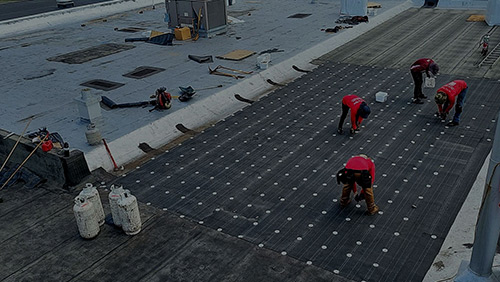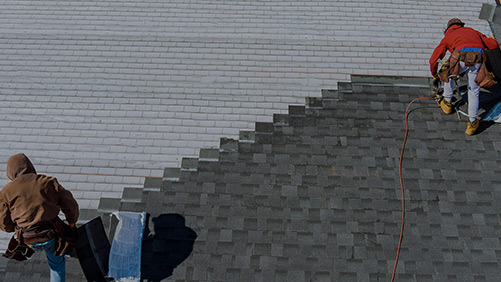Aluminum Siding
When considering Aluminum siding repair…
The thicker the better- Aluminum is a soft metal, which means the inches in thickness you choose will make a huge difference. The standard thickness is 44 gauge, but in order to extend the life expectancy of the metal siding, we recommend you to use 53-gauge aluminum over your siding installation. By doing this, you are seeing at least 35 years without any residing job. Aluminum material provides excellent insulating features to your property that insulates better than vinyl siding, saving you a ton on heating and cooling costs.
Communities located at the coast find aluminum installation very beneficial due to its waterproof material protecting their properties from moisture issues or even salt spray in the air. When it comes to communities located in extreme cold areas, aluminum is also a better choice than vinyl. This is due to the fact that aluminum is not affected by extreme cold, whereas vinyl can become brittle during severe cold snaps and can crack much more easily. Deciding on metal roofs will limit your aluminum siding repair because the material is much more durable than others.
Aluminum is also recyclable. making it cost-efficient to manufacture and providing lifetime durability. It can be re-melted and remade into new objects when the time comes. You can also opt for aluminum shake roofing, which offers you a different style in roofing. Another benefit comes from not only being insect resistant but actually insect-proof. Aluminum is also fire-resistant and fireproof. Making you consider the amount of money you could save on premium insurances. Aluminum provides so many beneficial factors, it is a top choice in siding material for all property owners.
When it comes to applying improvements around your property, it is important to know the proper pieces of siding trim you should use. Before you begin choosing the right siding trim, or trying to decide if finishing siding or outdoor trim is best for your project, please consider the information below:
| Soffit: | Drip Cap | Fascia |
| Area below or inside of the rafters. It is the outside of the buildings and must be protected from the weather or pests. | Piece of siding trim that is used to deflect water away from the top of vertical siding preventing any water or moisture from getting in behind the siding. | Trim pieces used to help finish the look of the building. This provides an aesthetic finished edge to a siding panel or soffit panels. |
| Soffit W-Mold | Drip Stop | |
| Soffit W-Mold Vent | Drip Screed Vent (2-Piece) |
| Channel | Weep Holes |
| Used to determine the location on a piece of trim, designed to accept the insertion of a piece of siding. | Introduced into a siding panel or trim piece, these holes allow the water to drain away from the panel. |
| Plaster Channel Screed | Weeping Expansion Reveal |
| Smooth Finish Channel | Weeping Reveal |



